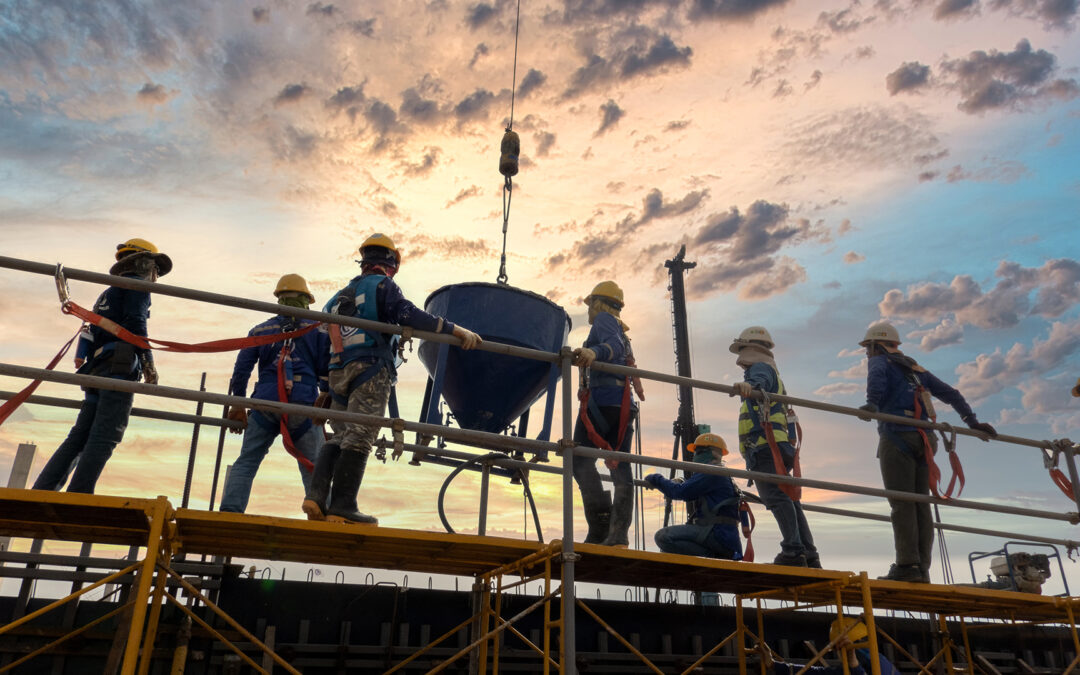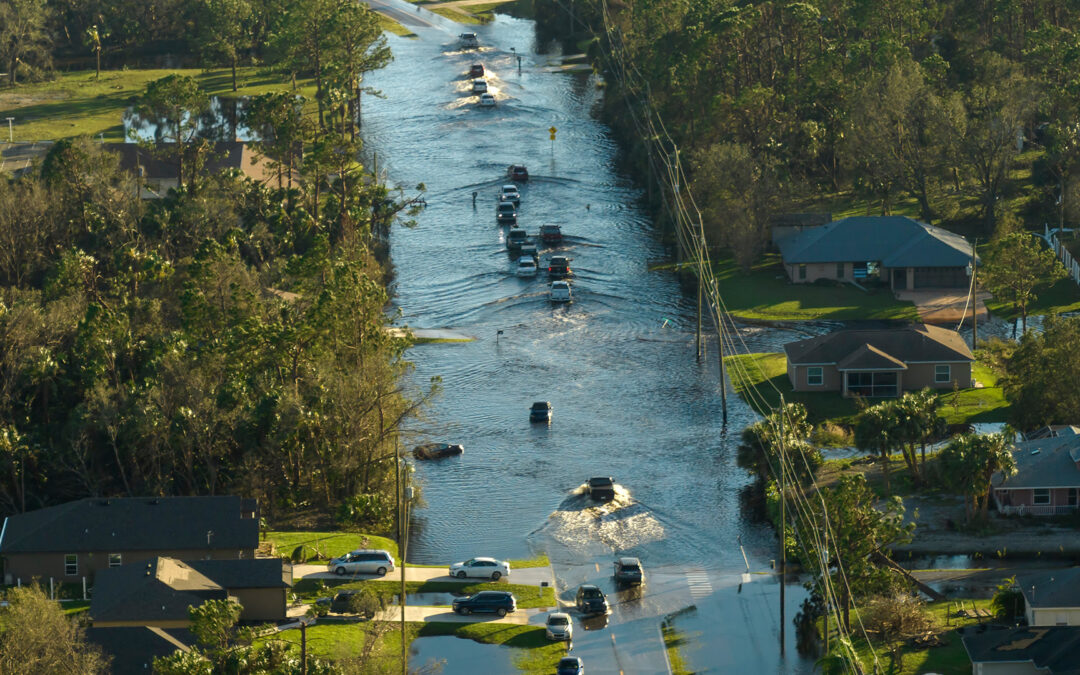Workers’ compensation claim frequency is holding steady, yet there’s been an uptick in the cost per claim, particularly within the construction industry.
As we look toward 2024, understanding the factors contributing to this increase is crucial for navigating the changing landscape effectively. In this blog post, we will delve into the reasons behind the rising costs, identify the top injuries leading to high claims, explore strategies to reduce claims, and offer insights into what may be in store for 2024.
Why Are Construction Workers’ Compensation Claims Costs Rising?
Several factors are contributing to the upward trend in construction-related workers’ compensation claim costs:
- Labor Shortages: The construction industry has been grappling with a persistent labor shortage in recent years, with an estimated 546,000 jobs left unfilled in 2023. This shortage has led to an increased workload for existing employees, often resulting in overexertion injuries, strains, and sprains. The scarcity of skilled workers also means that those on the job may be less experienced, increasing the likelihood of accidents.
- Aging Workforce: About one in five construction workers are age 55 or older. Workers over the age of 55 make up over one-fifth of lost-time injuries and 31% of costs. Why? An aging workforce is more susceptible to injuries that take longer to heal. They’re also more likely to experience certain comorbidities, like diabetes and heart disease, that can prolong injury recovery time and increase the severity of claims.
- Medical and Technological Advances: New medical options provide better treatment and life-saving care that wasn’t available in years past — but that comes at a cost. For example, the life expectancy for construction workers paralyzed in an accident used to be just ten years; but with proper medical treatment, it can be up to thirty years, extending claim payout time. Prosthetics are also becoming more functional — and more expensive — with costs rising from $5,000 to $40,000, leading to higher claim amounts.
- Medical Inflation: In addition to the higher costs for better care and treatment, medical costs, in general, are climbing. Thanks to factors like rising wages, healthcare workforce shortages, and rising costs for ancillary goods and services, medical inflation increased 6.6% in 2021. The bulk of that increase (85%) is attributed to a jump in the cost of services provided in hospital settings.
Injuries that Result in the Highest Claims Payouts
The average cost of a construction injury claim (including both medical and indemnity costs) is $41,353 — but that number can climb to $110,000+ for more severe injuries like amputations. The following are some of the most common and costly accidents in the construction industry:
- Machinery Accidents: Accidents involving heavy machinery and equipment can cause severe injuries, including amputations, fractures, and crush injuries. The medical costs associated with these injuries are typically high.
- Falls: Falls from heights, such as from ladders, scaffolding, or roofs, are a leading cause of serious injuries and fatalities in construction. These incidents often result in significant medical expenses, long recovery periods, and, in the case of fatalities, death benefits for things like funeral arrangements.
- Electrical Incidents: Electricians and other construction workers are at risk of electrical shocks and burns. These injuries often necessitate extensive medical care and can result in permanent disabilities.
- Strains and Sprains: Overexertion, heavy lifting, and repetitive motions can lead to strains and sprains, which are among the most prevalent injuries in construction. These injuries may require prolonged medical treatment and rehabilitation.
Loss Prevention Strategies
Although there’s little a construction business can do to control things like medical inflation, they can implement proactive loss control strategies to foster safe working environments for their employees and mitigate risk in other ways.
- Safety Training: Invest in comprehensive safety training programs for construction workers. Ensure that employees are well-versed in safety protocols and the proper use of equipment and machinery. Encourage employees to report on-the-job accidents quickly.
- Regular Inspections: Conduct regular job site inspections to identify potential hazards and address them promptly. Implement safety measures to prevent accidents, such as fall protection systems and machine guarding.
- Wellness Programs: Promote worker health and wellness through initiatives such as ergonomic evaluations, physical fitness programs, and mental health support. Healthy employees are less likely to suffer from work-related injuries.
- Compliance: Stay up to date with all relevant safety regulations and ensure that your construction business is fully compliant. Avoid fines and penalties by prioritizing adherence to safety standards.
What’s in Store for 2024?
As we near the end of 2023, it’s important for construction businesses to be aware of current industry trends and remain adaptable. Healthcare costs, in general, are expected to rise in 2024. Although some businesses may see relief in their workers’ compensation rates, that will vary by risk profile and state.
Construction businesses will need to work closely with their insurance agents in the year ahead. The agent, carrier, and insured can work together to ensure a safe work environment, implement effective loss control strategies, and minimize their exposure to losses.
Partnering with a specialized workers’ compensation wholesaler like Jencap gives our retail partners and their construction clients the peace of mind that they will be matched with the best carrier partner for their unique risk profile and will receive the best service in the industry. Jencap is a one-stop shop for all of your construction clients’ insurance needs — from property and casualty, to workers’ compensation and professional lines, and more. Contact Jencap today for a quote.











































